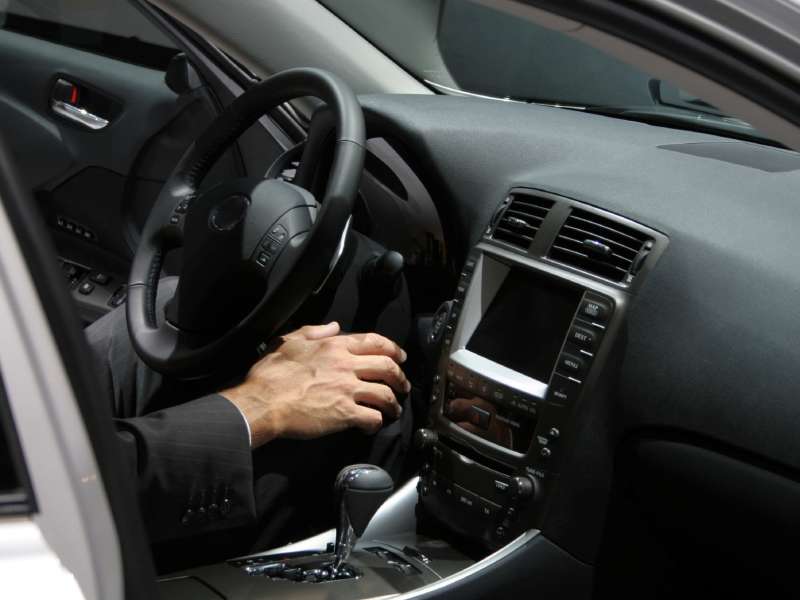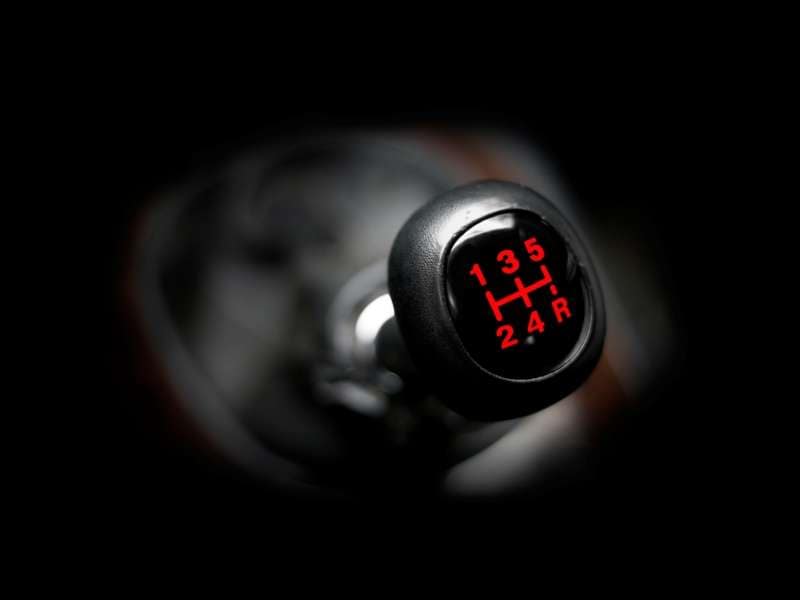Recent Articles
Popular Makes
Body Types
How To Drive A Stick Shift / Manual Transmission

When driving a car with a manual transmission you are in charge of getting the car moving from a stop and changing gears. Unlike an automatic car, a manual car has three pedals, the clutch on the left, the brake in the middle, and the gas pedal on the right. There will also be a shift lever, normally between the front seats, usually with the gear layout shown on the knob. The most common layout has first gear up and to the left, second down and to the left, third straight up, fourth straight down, and fifth up and to the right. Reverse is normally down and to the right, or up and even further left than first gear. The space between the gears from the middle-left to the middle-right is neutral. A standard transmission does not have park like an automatic transmission, instead the transmission is left in gear when the car is parked.
While learning how to drive a manual transmission it's important to be patient and take your time as it will take some practice before you get the hang of it. The first thing to do is to get comfortable with the controls. With the car stationary, the motor off and the emergency brake engaged get used to pressing the clutch pedal all the way to the floor with your left foot. Study the gear layout and practice moving the lever through the gears. If you are unable to get the transmission into reverse check the owner's manual for more information, you may need perform an action like pulling up on the gear knob to get the lever into reverse.
Once you are familiar with the controls, its time to find a place to practice finding the friction point. An empty parking lot where there's nothing to hit is ideal. Ensure that the transmission is in neutral, press the clutch to the floor and start the engine. Disengage the parking brake. When the motor is running the clutch must be used to change gears, so with the clutch pedal still fully depressed, move the shifter into first gear. Very slowly release the clutch until you hear the engine speed start to decrease – this is the friction point. At this point feed in a little bit of gas while slowly releasing the clutch all the way. If you're successful you should start moving. To stop, press the clutch to the floor, and use the brake. If you are unsuccessful the car will probably jerk and stall. If it does, put the transmission back into neutral, depress the clutch, start the engine, and try again.
Once you're able to reliably get the car moving, the next step is to learn how and when to shift gears. Normally for the most economical driving you should keep the motor between approximately 2000 and 3500 RPM. In first gear, accelerate until the tachometer is at 3500 RPM, lift off the gas, press the clutch to the floor, and move the shift lever from first to second. If your car doesn't have a tachometer you will need to shift by ear. Remove your foot from the clutch and press the gas. You should notice that you're going the same speed but at a lower RPM. These same steps are used every time you upshift. To downshift, the same basic process is used. With the engine at 2000 RPM, release the gas, depress the clutch, and change down a gear (from third to second for example). When you release the clutch and press the gas you should notice the RPMs have climbed. When the car is moving keep your foot off the clutch unless you are changing gears, otherwise you will wear out the clutch prematurely.
Once you've learned how to drive a stick shift you should be able to move from one vehicle to another with just a little time to get used to the gear layout and clutch.
